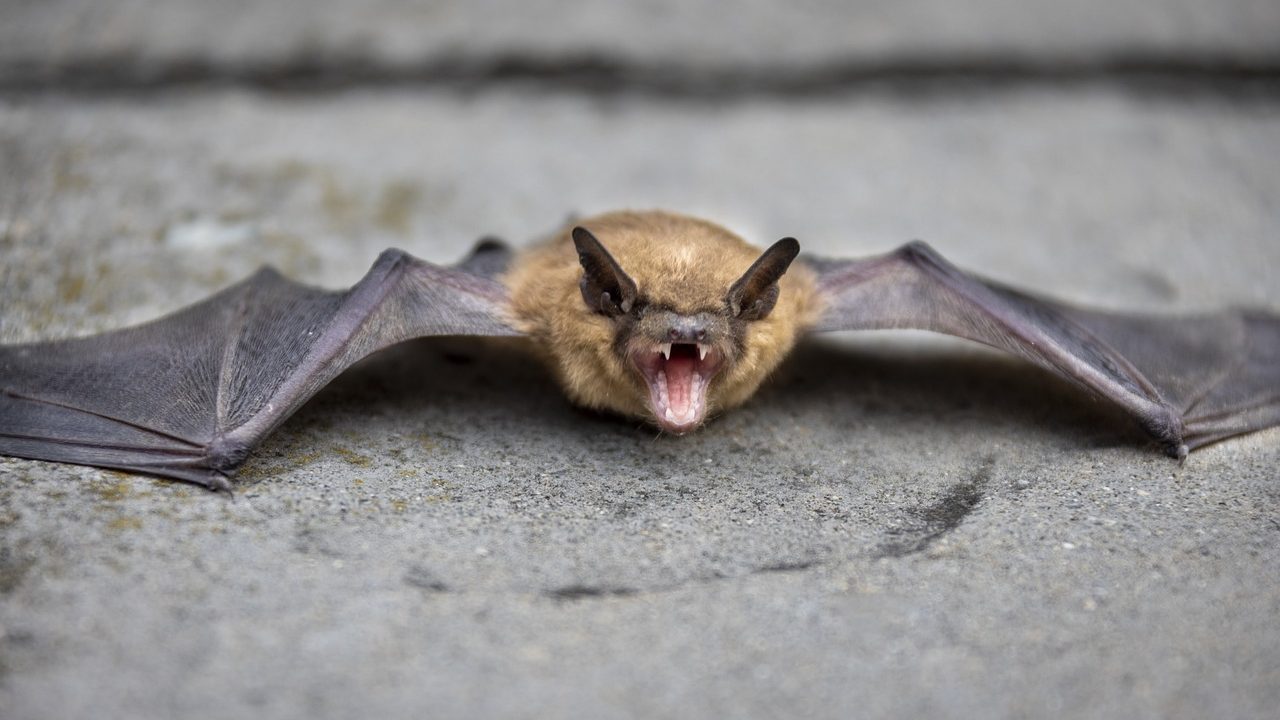In the fragile ecological balance, unforeseen threads occasionally unravel, casting shadows that extend beyond the realm of the wild. A recent revelation has caught the attention of environmentalists and communities alike — vampire bats, driven by climate shifts, are set to embark on migratory journeys from Mexico to the United States, potentially bringing the ominous specter of rabies to unsuspecting livestock. Beyond the ecological ramifications, the social impact of this impending crisis weaves a narrative that demands attention.

The Social Ripple Effect
As vampire bats extend their range due to changing climates, the specter of rabies looms over livestock populations. In regions unaccustomed to dealing with such threats, communities face not only economic losses from affected livestock but also a looming public health crisis. Livestock plays a pivotal role in the socio-economic fabric of many communities, providing sustenance and livelihoods. The advent of rabies in these populations poses a direct threat to both the economic stability and well-being of these societies.
Livestock is more than mere economic assets; it is the heartbeat of agrarian communities. The social cohesion within these communities relies on the shared responsibility and benefits derived from their herds. As rabies infiltrates this intricate network, a domino effect ensues. The economic strain on individual households reverberates through the community, impacting local markets, trade, and the overall social harmony that emanates from collective agricultural practices.
The Unseen Toll on Mental Health
Beyond the tangible losses, the looming threat of rabies can cast an intangible shadow on the mental well-being of communities. The psychological toll of witnessing beloved livestock succumb to a preventable disease introduces stressors that can strain the social fabric. The emotional connection between farmers and their animals is profound, and the threat of losing them to a preventable disease adds an emotional layer to the already complex equation of sustainable livelihoods.
Preventive Measures
While the prospect of vampire bat migration raises concerns, there is hope in proactive measures that can mitigate the social impact of this crisis. Public awareness campaigns on rabies prevention, early detection, and vaccination programs for both livestock and domestic animals become crucial pillars. Strengthening local veterinary networks and equipping communities with the knowledge and resources to protect their livestock can act as a formidable defense against the encroaching threat.
Empowering communities to take charge of their own sustainability is pivotal. Collaborative efforts involving local governments, environmental organizations, and community leaders can facilitate the implementation of sustainable practices that safeguard against potential outbreaks. This includes establishing early warning systems, providing access to veterinary care, and fostering a culture of collective responsibility.
Innovations in Livestock Management
Technological advancements in livestock management offer a beacon of hope. Smart collars, for instance, can track the movements and health indicators of individual animals, providing real-time data for early disease detection. Integrating such technologies into traditional farming practices not only enhances efficiency but also fortifies the social resilience of communities against unforeseen challenges.
Educational Campaigns for Sustainable Coexistence
Education emerges as a potent tool in fostering sustainable coexistence between communities and wildlife. Promoting an understanding of the ecological roles that vampire bats play and the importance of their conservation within their natural habitats can inspire communities to adopt harmonious practices. This, coupled with knowledge on preventive measures against rabies, can lead to a more informed and resilient society.
The impending migration of vampire bats introduces a complex challenge that transcends ecological boundaries. As we confront the social implications of this crisis, the path forward lies in unity, knowledge, and proactive measures. By illuminating the shadows cast by this environmental phenomenon, communities can not only protect their livelihoods but also reinforce the interconnected threads of social sustainability. In the face of this challenge, the strength of our collective response will determine the resilience of both human and ecological communities.



